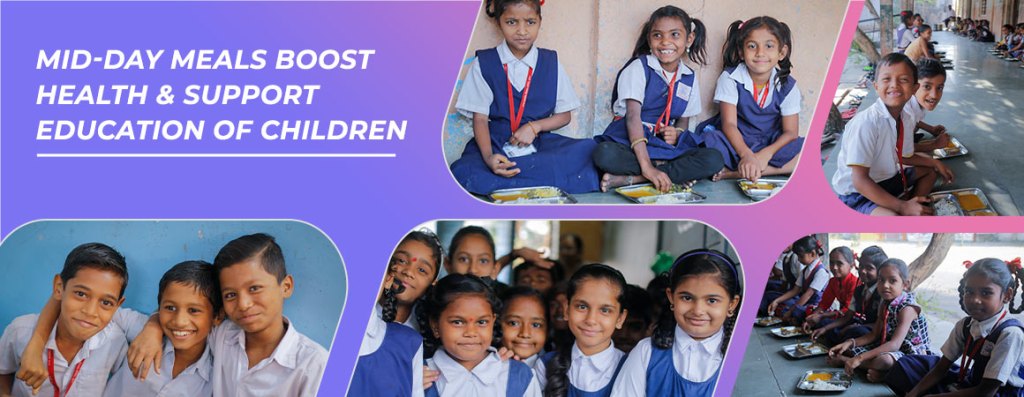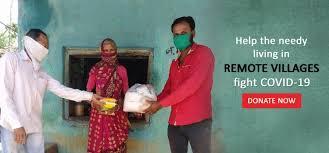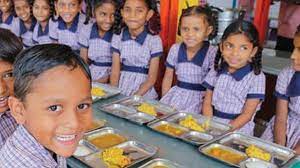Without a doubt, NGOs and nonprofit organizations do a lot to make the lives of the unprivileged better. For that, finances and other resources are in need, and motivating others to donate can be a difficult task. At this point, the option of social crowdfunding comes in really handy. It enlists the help of individual investors, contributors, family members, and friends. Compared to the traditional method of raising funds, it is quite effective.
Many children NGOs in India are now conducting their own crowdfunding campaigns to solicit online contributions directly from their donors and their donors’ social networks to support particular, time-sensitive projects or campaigns. Despite their enormous potential, most campaigns are local in nature, with the bulk of contributions hailing from a single nation. It is obvious that by targeting international donors, one can get better funds, and crowdfunding through social media channels can be an optimum option for the same.

Other than that, there are a number of other benefits like –
- Cost-Effective
It is an undeniable fact that different crowdfunding platforms are way too cost-effective than the traditional methods for raising funds. Crowdfunding websites only take a tiny percentage of the total amount received as a fee which is far less than the conventional means of advertising and fundraising. To attract donors, all you need is a convincing tale and a unique advertising plan.
- Helpful In Website Management
It is often seen that many food NGOs and non-profits are not aware of the right way for arranging funds and gathering knowledge to develop and manage a website. Every user of a crowdfunding platform gets their website. Every crowdfunding campaign receives a personalised and customised web page that explains its cause and makes its campaign more approachable to contributors.
- Creative Campaign Presentation
Through the storytelling method, you can easily engage the audience to be a part of your cause. Other than that, engaging fundraising campaigns are really helpful to get a fundraising campaign off to a great start.
- Better Marketing
It is an undeniable fact that to get the attention of the people, you need to come across them. It is only possible through the right marketing technique. From launch through the final feedback stage, you can have complete control over the campaign’s marketing efforts. By analyzing the reaction of target audiences, you can easily adjust promotional activity. Nowadays, there is an abundance of marketing platforms available to make you get the limelight of more and more donors. Facebook, Twitter, and Instagram may be used to provide useful information on NGO initiatives and connect with internet users all around the world. In 2020 at the time of the pandemic, a huge success can be seen in an online donation for corona relief through social media platforms.
As per the statistics, the donation and rewards crowdfunding sectors of the crowdfunding business alone raised $5.5 billion in the previous year. Crowdfunding allows the NGOs and Non Profits to access a larger audience while also reducing fundraising time, cost, and effort.
Conclusion
Through effective fundraising activities, crowdfunding platforms are giving crucial momentum to entrepreneurs. All you have to do is choose a reputable crowdfunding platform and put up an appealing campaign. Your campaign will be promoted to a wide range of contributors and investors by the service provider.







